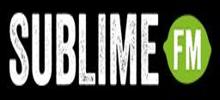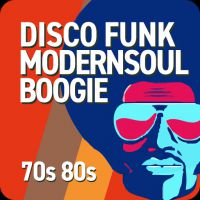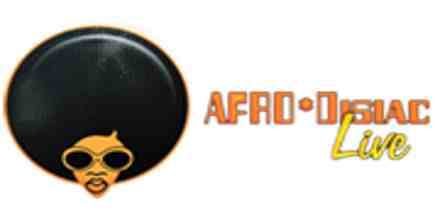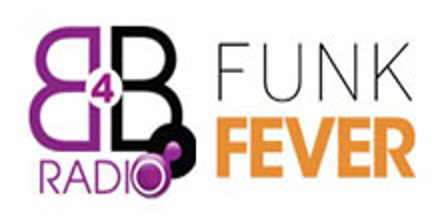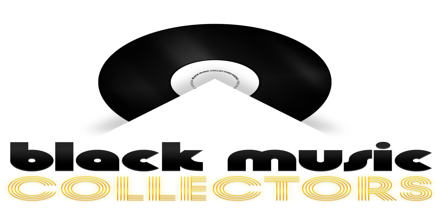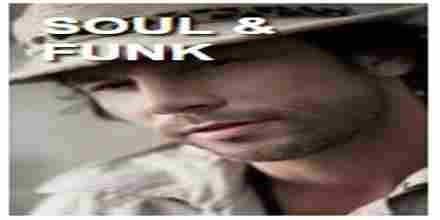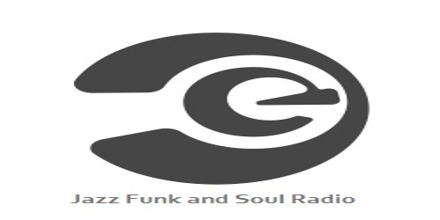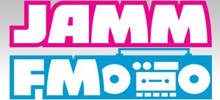Funk is a music genre that emerged in the late 1960s when African American musicians blended soul music, jazz, and rhythm and blues into a rhythmic, dance-oriented form of music. The term "funk" itself refers to a strong rhythm or groove, often characterized by an emphasis on the downbeat and syncopated basslines. This genre is known for its infectious energy, intricate rhythms, and the prominent use of electric instruments like the bass guitar, keyboards, and drums.
The roots of funk can be traced back to the early 1950s with artists like James Brown, often referred to as the "Godfather of Soul," who laid the foundation for the genre. His innovative approach to rhythm and percussion, combined with his dynamic stage presence, set the stage for what would become known as funk music. Brown's band, particularly during the late 1960s and early 1970s, experimented with complex polyrhythms and tight ensemble playing, creating a sound that was both energetic and precise.
One of the defining features of funk is its emphasis on the rhythm section. The bass guitar often takes center stage, playing intricate, syncopated lines that interlock with the drums to create a hypnotic groove. Keyboardists also play a crucial role, adding layers of texture and melody through the use of synthesizers, electric pianos, and organs. Guitarists contribute with staccato riffs and chops, while horn sections provide punchy, rhythmic accents.
Funk music is often associated with dance, as its infectious rhythms are designed to get people moving. The genre has influenced numerous other styles, including disco, hip-hop, and electronic dance music. Artists like Sly and the Family Stone, Parliament-Funkadelic, and The Meters further developed funk's sound, incorporating elements of psychedelic rock, jazz fusion, and Afrobeat.
Parliament-Funkadelic, led by George Clinton, is particularly notable for their flamboyant stage shows and concept albums that explored themes of science fiction, social commentary, and spiritual enlightenment. Their music featured a blend of funk, rock, and electronic elements, creating a unique and eclectic sound that continues to influence musicians today.
The Meters, hailing from New Orleans, are known for their tight, rhythmic playing and the use of second-line marching band rhythms. Their songs often feature call-and-response patterns and a strong emphasis on collective improvisation, reflecting the city's rich musical heritage.
Funk has also had a significant impact on fashion and culture. The genre's artists were known for their bold, flamboyant outfits, which often included platform shoes, wide-legged pants, and elaborate costumes. This visual style, combined with the music's energetic performance, created a distinctive aesthetic that continues to influence popular culture.
In the 1980s and beyond, funk continued to evolve, influencing genres like hip-hop and electronic dance music. Artists like Prince and Rick James blended funk with rock and pop elements, creating a new wave of funk-influenced music. Today, funk's legacy can be heard in various forms, from neo-soul and alternative R&B to contemporary hip-hop and electronic music.
Funk's enduring appeal lies in its ability to blend diverse musical influences into a cohesive, dance-oriented sound. Its emphasis on rhythm, groove, and collective improvisation has made it a foundational genre for many styles of modern music. Whether through the groundbreaking work of James Brown, the conceptual brilliance of Parliament-Funkadelic, or the rhythmic precision of The Meters, funk continues to inspire musicians and dancers alike with its infectious energy and innovative spirit.
 1.6k
1.6k
 1
United Kingdom, London Funk 128 kbps AAC (LC)
1
United Kingdom, London Funk 128 kbps AAC (LC) 1k
Netherlands, Utrecht Funk 192 kbps MP3
1k
Netherlands, Utrecht Funk 192 kbps MP3


